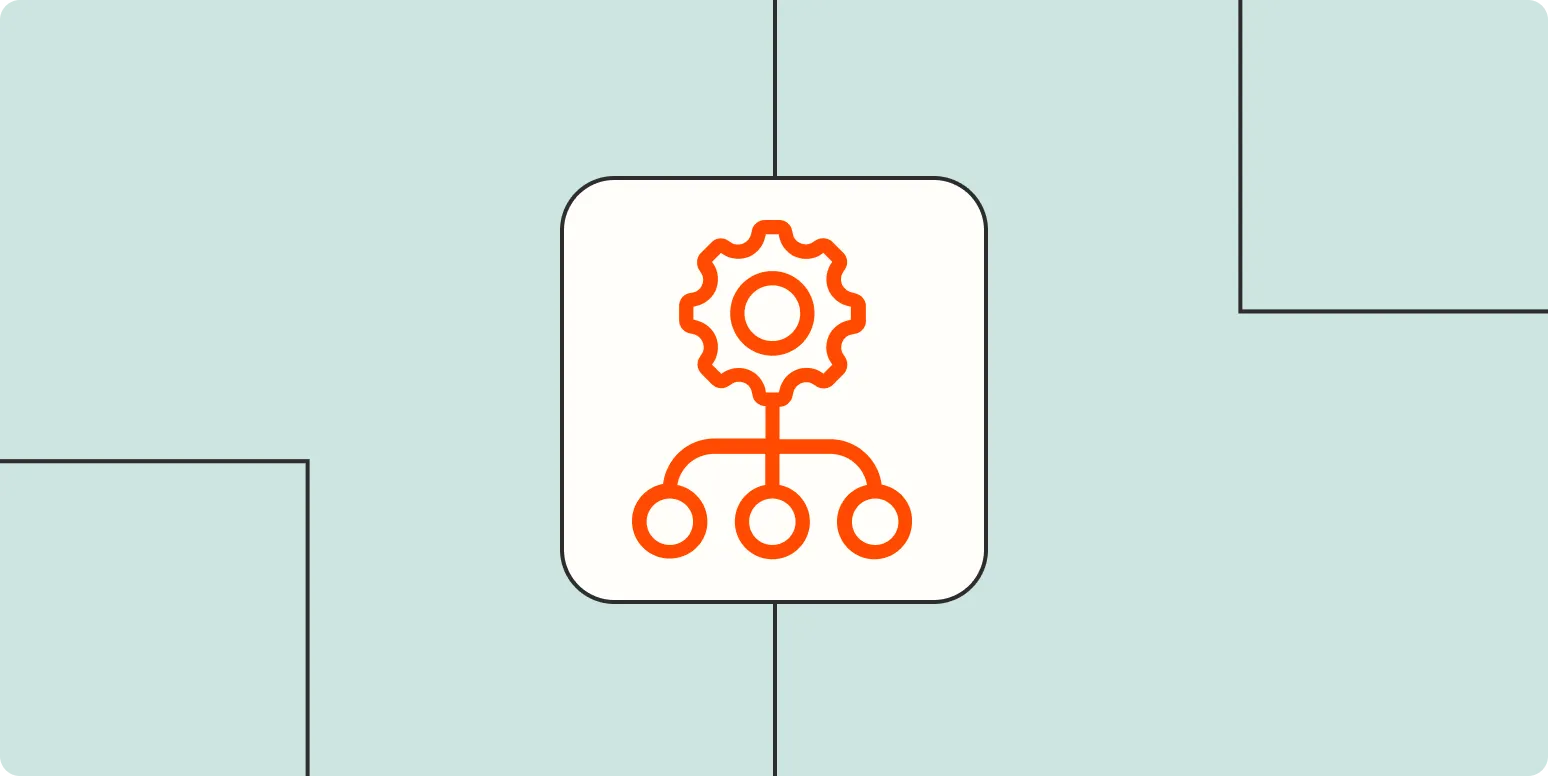In today’s fast-paced world, many of us struggle to keep up with our daily responsibilities. Enter ''microproductivity'': a method that breaks down larger tasks into smaller, manageable actions that can be completed in short bursts of time. This approach not only enhances productivity but can also help you tackle those mundane tasks that often feel overwhelming. By implementing ''microproductivity'' strategies, you can finally check off those lingering items on your to-do list.
Understanding Microproductivity
Microproductivity is based on the idea that small, focused efforts can lead to significant accomplishments. It allows you to leverage short windows of time—such as waiting in line or commuting—to get things done. This is particularly useful for those who find themselves with a busy schedule but still want to feel productive. By adopting this mindset, you can transform even the most tedious tasks into opportunities for achievement.
Benefits of Microproductivity
Implementing ''microproductivity'' can yield numerous benefits:
- Reduced procrastination: Breaking tasks into smaller segments makes them feel less daunting.
- Increased motivation: Completing short tasks can provide a quick sense of accomplishment, fueling your desire to tackle more.
- Enhanced focus: Short bursts of effort can help maintain concentration and avoid burnout.
Strategies for Implementing Microproductivity
To make the most of ''microproductivity'', consider the following strategies:
1. Create a Task List
Start by compiling a list of tasks that you need to complete. This can include everything from responding to emails to organizing your workspace. Once you have your list, categorize tasks based on their complexity and time requirements. This will help you identify which tasks can be accomplished quickly and fit into your available time slots.
2. Set Time Limits
Assign specific time limits for each microtask. For instance, you might decide to spend 10 minutes decluttering your desk or 15 minutes responding to emails. By setting a timer, you can create a sense of urgency that encourages you to focus and complete the task efficiently.
3. Use Technology to Your Advantage
Leverage apps and tools designed to enhance ''microproductivity''. Task management apps like Todoist or Trello can help you keep track of your tasks. Additionally, consider using the Pomodoro Technique, which involves working in short, focused intervals followed by brief breaks. This method can significantly enhance your productivity by helping you maintain concentration.
Examples of Microproductivity Tasks
Here’s a simple chart to illustrate various microproductivity tasks and the estimated time required to complete them:
| Task | Estimated Time |
|---|---|
| Respond to emails | 10-15 minutes |
| Organize your desk | 5-10 minutes |
| Create a grocery list | 5 minutes |
| Read an article | 10-20 minutes |
| Make a quick phone call | 5 minutes |
Overcoming Challenges with Microproductivity
While ''microproductivity'' offers many advantages, it can come with its own set of challenges. Some individuals may find it difficult to cut their tasks into smaller pieces or may feel overwhelmed by the sheer number of tasks they need to complete. Here are a few tips to overcome these obstacles:
1. Focus on One Task at a Time
It’s easy to get distracted by multiple tasks, but focusing on one action at a time can help you complete it more efficiently. Prioritize your tasks based on urgency and importance, and tackle them one by one.
2. Be Flexible
Sometimes, life can be unpredictable. If you find that a planned microtask can’t be completed, be flexible and adjust your plans. It’s essential to maintain a positive mindset and recognize that productivity doesn’t always mean completing everything on your list.
Conclusion
Incorporating ''microproductivity'' into your daily routine can help you tackle those mundane tasks that often seem insurmountable. By breaking down larger tasks into smaller, manageable chunks and leveraging tools to assist you, you can finally make progress on your to-do list. Embrace this innovative approach to productivity, and watch as you transform your daily routine into a more efficient and fulfilling experience.





